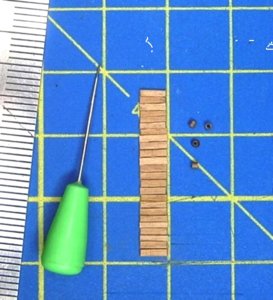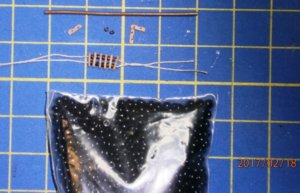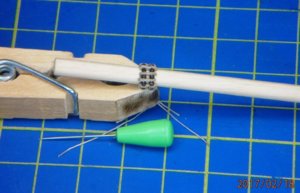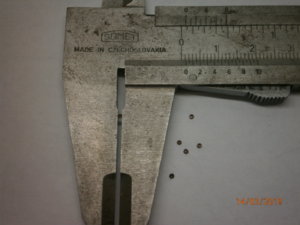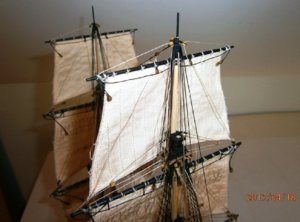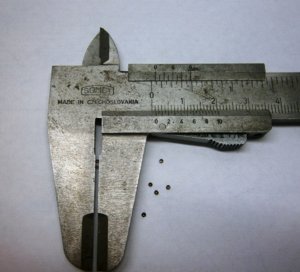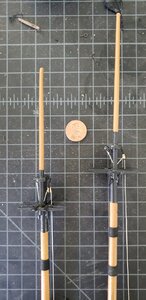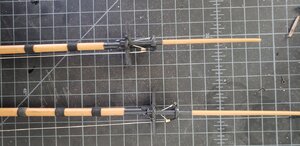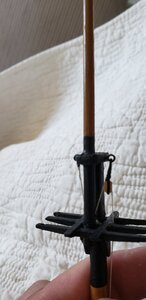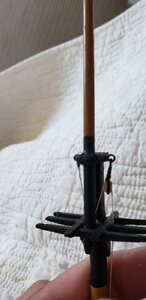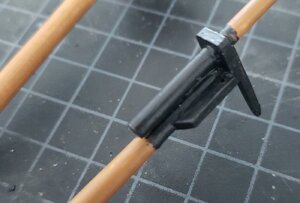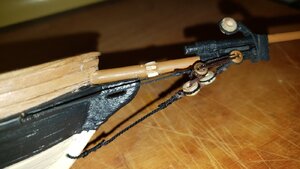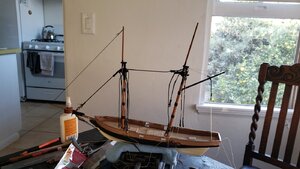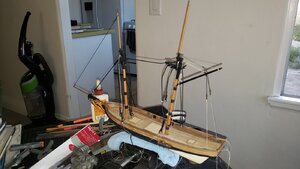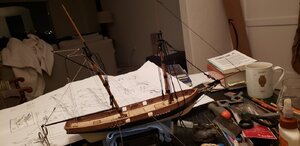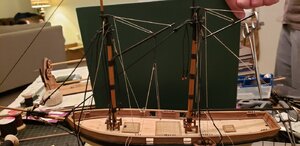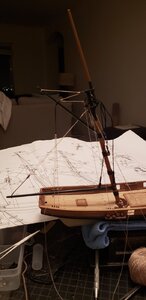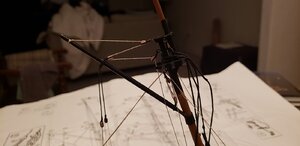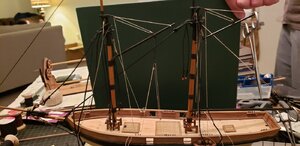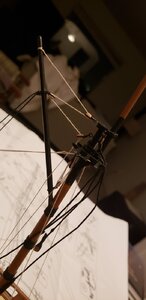Super excited about this...I got a simple rope walk and have been practicing rope making for my rigging. I also discovered this
Period Ship Rigging Spreadsheet which uses Lees's calculations from
Masting and Rigging of English Ships of War, 1625-1860 to calculate the size of each line (real and scaled) of standing and running rigging. Terrific resource! And the Lees book has been incredibly helpful in understanding the web of rigging on my schooner model as I "learn the ropes". I'm sure many of you are already aware of this spreadsheet, but I am sure there are a few out there who will find it new and useful. As always, I am incredibly impressed by the dedication to realism among ship modelers to create these resources. I can only hope to approach that dedication and the skill of those I have admired on this forum.
View attachment 109891View attachment 109908







